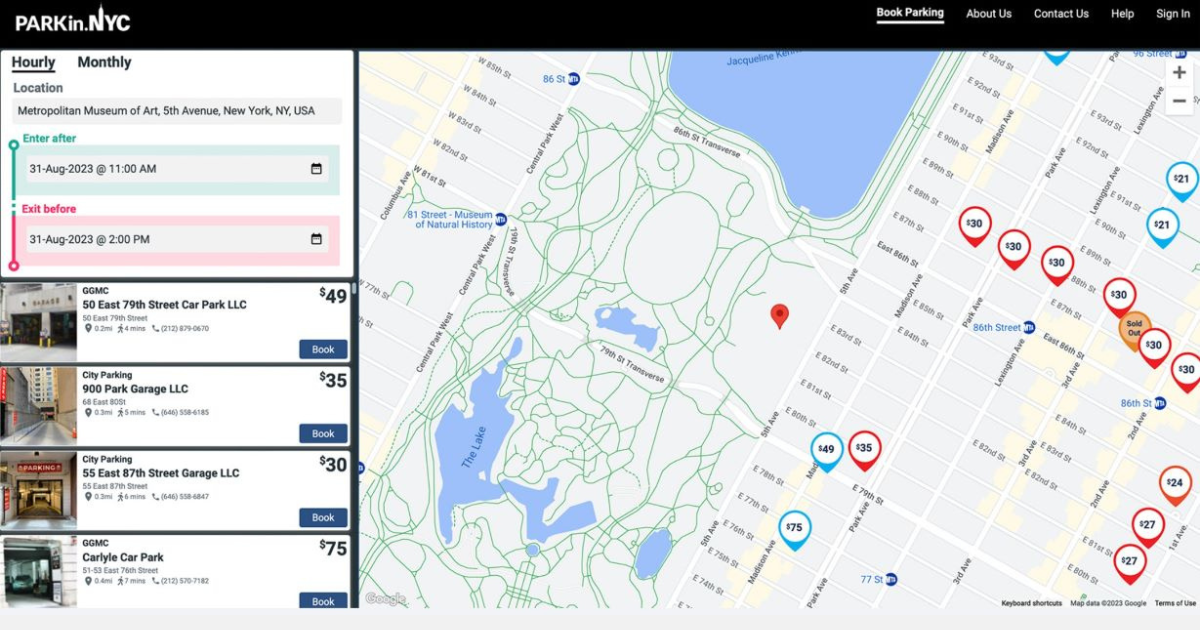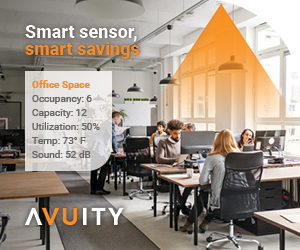The Tech-Forward Response to Rising CRE Cap Rates is Also People-First

Cap rates on commercial real estate have been rising for five consecutive quarters, leading to an estimated 20% drop in value for many property types, according to CBREís latest U.S. Real Estate Market Outlook. Real estate investors are worried about high interest rates and generally unfavorable loan terms when credit is available. They should be.
Despite return-to-office (RTO) initiatives, a preference for remote work is tempering hopes for recovery Ė with late 2023 vacancy rates nearing 20%, even as multifamily and industrial expect to stabilize and return to growth by mid-year.
Altus Group reported in Q4 2023 76% of real estate firms expected to focus on de-risking, re-assessing, and mitigating exposure in their existing portfolios rather than raising or deploying capital Ė up from 61% from the prior quarter. Over 85% expect revenues and NOI to drop or stagnate this year.
High cap rates reflecting lower investor risk tolerance drive down real estate property valuations, just as lowered occupancy and increased supply in some asset classes drive down rents and slow down value-add investments.
This is a time to go back to basics.
Itís real estate investment 101: get rents up, keep costs down, and watch the revenue roll in. As rising cap rates exert downward pressure on property valuations and lowered occupancy in office or increasing supply in multifamily drive down rents, owners and investors canít hope to grow revenue via value-add investments. And the capital for those is too expensive.
Any CRE business intent on surviving lean times and slowing asset devaluation must focus on the remaining lever within their control: reducing operating expenses to increase net operating income (NOI). Less obvious is how to get there.
The real estate technology market has been booming, with lots of buzz around smart buildings, energy efficiency, and data analysis. Less glamorous, but pivotal, is the back office tech stack helping property managers focus on tenant- facing work. One financial tech executive at Bridge Investment Group had told us ď[Property managers] have a million things to manage, and every hour spent on [data entry] is an hour they canít spend on [work that] directly impacts lease renewals.Ē
When optimizing for cost reduction, the right tech can help in several ways:
- Maximizing limited resources so that work still gets done without increasing labor costs
- Protecting your team from burnout by reducing excess workload
- Safeguarding key vendor and lender relationships by increasing spend visibility and getting invoices paid on time
- Identifying small gains that can have a big impact at scale
Staff turnover carries the added cost of lost institutional knowledge, something taken for granted at the property level until itís too late. And the little thingsólike having the Otis Elevators repair guyís personal cell phone number or knowing your biggest tenantís favorite donut Ė make a big difference.
When thereís no capital or will to spend on flashy amenities and facilities, the relationships your property managers build with tenants and vendors become the value add, and key to survival. Improved efficiency and agility become the value-add for your team, your tenants, and investors.
With resource-constrained teams, AI-powered and automated solutions can provide the most relief and leverage, and quickly. Commercial real estate is already adopting AI for practical use cases in the front and back office. Time-consuming but highly repetitive tasks like handling accounts payable, tax notices, lease abstraction, and rental inquiries can see a 50-90% reduction in effort with the adoption of AI tools.
As you think about how to incorporate AI into your plans for improving NOI, look for ways you can augment your teamís capabilities and add some slack and scale where hiring would be costly, and attrition would be worse.
Consider how to:
- Automate mundane work and repetitive manual tasks
- Create space for problem solving, new skills, and career growth
- Remove information silos and process bottlenecks to get more done, faster, and enable delegation
- Enable smoother transitions for employees moving into new roles
- Standardize and centralize work for faster, easier ramp up
When the right tools empower your staff to get more done while becoming more responsive and attentive to tenant needs, the investment protects your people and your profits. The ways to survive lean times and difficult market conditions will also maximize ROI in times of growth.
AI can help create slack and flexibility to absorb the unexpected as well as to pursue opportunities when they arise. Most importantly, it frees your people to focus on work that requires their softs skills, problem solving, and imagination, where they will always deliver the most value.
This Week’s Sponsor
PredictAP automates invoice capture for Yardi Payscan using proprietary AI. It eliminates manual data entry and improves AP outcomes without disrupting existing workflows. PredictAP is a Yardi Standard Interface Partner with US and EU API access, delivering seamless integration, and rapid time to value. Learn more at www.predictap.com.
Read Next
 3/27/2025
3/27/2025
The Convergence of Edge Computing, Cloud, and AI in Building Automation and Smart Buildings In the built environment, we have seen the convergence of Operational Technology (OT) and Information Technology (IT), later expanding to include Workplace Technologies (WP).
 3/27/2025
3/27/2025
DC Power: A Holistic Approach to Energy Savings in Commercial Buildings In today's energy-conscious world, businesses constantly seek ways to reduce their carbon footprint and operational costs.
 3/13/2025
3/13/2025
How to Achieve Eco-Friendly Facility Management Commercial real estate operators and facility managers are focusing on sustainable practices to minimize environmental impact, create healthier workplaces, improve productivity and lower operational costs.
 1/23/2025
1/23/2025
When It Comes To Managing Propertiesí Parking, Technology Is Key Itís easy for developers and real estate owners to think of parking as a necessary evil. They know they have to provide it (often, because itís mandated by code), they understand that prospective tenants and buyers expect to be provided parking, but they havenít figured out how to maximize its value.








.gif)


